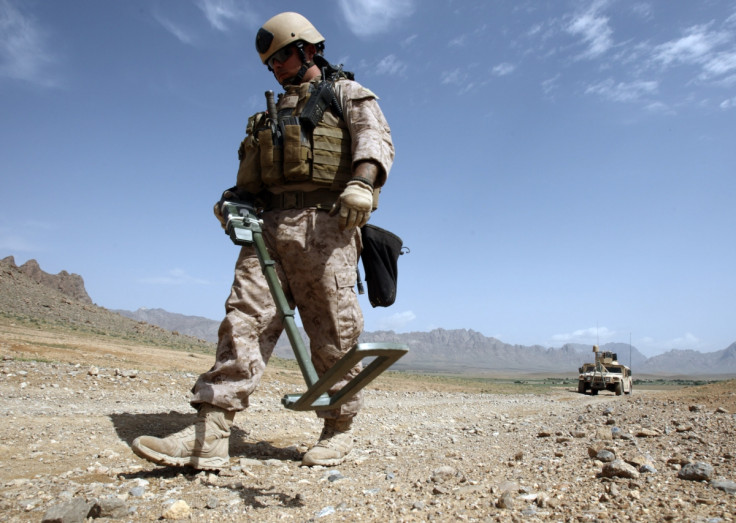Cost of Afghanistan Reconstruction 'Dwarfs' Post-WWII Marshall Plan

The post-war reconstruction of Afghanistan has cost the US taxpayer more than the Marshall Plan fund, which helped rebuild 16 European countries after World War II.
A damning report by the Special Inspector General for Afghanistan Reconstruction (Sigar) found that Congress has appropriated $104bn for reconstruction in Afghanistan since 2002. Adjusted for inflation, the real value of the expenditure is $109bn (£61.5bn, €77.2bn). The full cost of the Marshall Plan, adjusted for inflation, is $103.4bn.
The report, presented to Congress this week, said: "These nominal-dollar amounts are dwarfed by the $104bn appropriated for Afghanistan reconstruction."
The Marshall Plan was the US government's effort to revitalise the European economies between 1948 and 1952 and is credited with accelerating European integration.
Comparing the Afghan model with the post-WWII model, the report's authors wrote: "One critical difference should be noted: unlike Afghan-reconstruction funding, the Marshall Plan was not concerned with building and sustaining host country armies and national police. But comparing the real purchasing power funding of the two assistance programmes does illustrate the scale of the US aid effort in Afghanistan."
The report was also critical of the forward plans put in place by NATO, which plans to reduce its Afghan National Security Forces to under 230,000 by 2017. An independent assessment by the Pentagon, however, found that the more than 370,000 troops would be required to maintain stability, at a cost of three times the Afghan government's total GDP.
Should NATO proceed with these plans, it will reduce the capability of Afghanistan to pay for public services further still.
"At that level, even if the Afghan government dedicated all of its domestic revenue toward sustaining the Afghan army and police, it still could only pay for about a third of the associated costs. All other costs—those required to pay civil servants and to operate and maintain roads, schools, hospitals, and other non-military infrastructure and programs—would have to be funded by international donors or abandoned, an unwise decision even if it were possible.," the report said.
Contrastingly, the Marshall Plan helped usher in the fastest period of economic growth in European history, with industrial production growing by 35% over the period and standards of living growing exponentially.
The Costs of War Project, a not for profit scholarly initiative in the US, calculates that the total cost of conflicts in Afghanistan, Iraq and Pakistan is $4.4tn, and counting. The Pentagon's total appropriation of war from 2001 to 2011 was $1.4tn.
Its website reads: "The costs of war don't end when the fighting stops. Specifically, the US has incurred obligations by fighting the wars. For example, the US is obligated to pay the future medical and disability costs of veterans. As in past wars, medical and disability costs will peak in about 30 to 40 years, totalling more than an estimated $1tn."
A book released last year entitled Investment in Blood estimated that the Afghanistan war alone has cost the British government at least £37bn, which works out at more than £2,000 per citizen.
By comparison, the amount of aid Britain – the biggest recipient – received as part of the Marshall Plan was $24.7bn (£31bn) in today's dollars, according to the report.
In an interview with the Guardian to mark the book's release, the book's author Frank Ledwidge said: "Once the last British helicopter leaves a deserted and wrecked Camp Bastion, Helmand – to which Britain claimed it would bring 'good governance' – will be a fractious narco-state occasionally fought over by opium barons and their cronies."
© Copyright IBTimes 2025. All rights reserved.






















